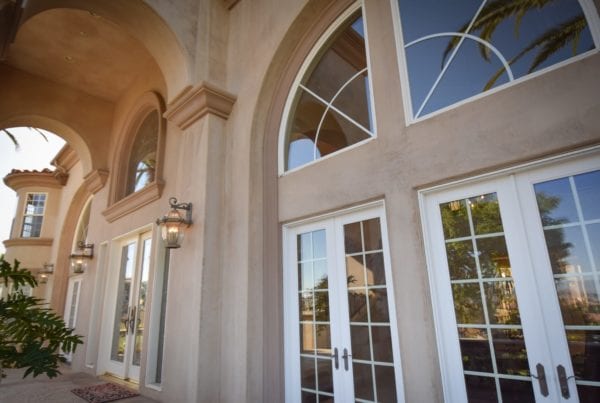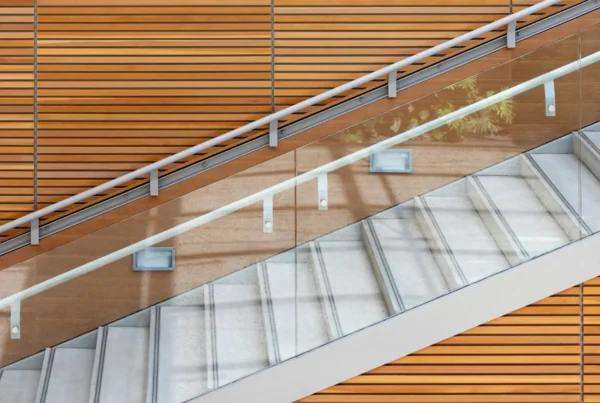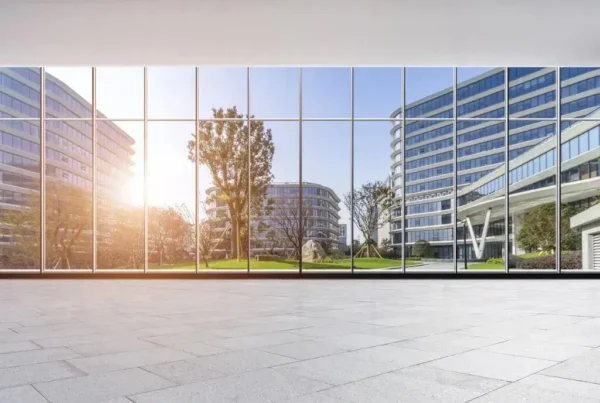Hospitals are critical institutions that provide essential healthcare services to those in need. However, these facilities also face increasing security challenges, including threats of violence, break-ins, and other safety concerns.
In order to continue providing the highest level of care possible, it’s crucial for healthcare facilities to implement strong hospital security measures to protect employees, patients, and visitors from harm and mitigate disruption to services.
One key way to boost hospital security is by reinforcing windows, a common point of vulnerability in any commercial building. Safety and security window film can be a cost-effective solution for improving window security, but it’s important to understand how effective it is and what its limitations are.
The Benefits of Safety and Security Window Film for Hospitals
Security window film, such as 3M safety and security film, is designed to reinforce glass surfaces and mitigate the dangers of broken glass. Here are some key benefits of applying window film in hospitals:
1. Reinforcing Hospital Windows Against Breakage
3M safety and security window film adds a layer of strength to glass, making it more resistant to impacts. While it won’t make glass unbreakable, it can help delay forced entry attempts by holding shattered glass together, making it more difficult for intruders to gain quick access.
2. Preventing Glass-Related Injuries
In hospitals, where patient and staff safety is a top concern, broken glass poses a significant hazard.
Security window film helps hold shattered glass in place, reducing the risk of injuries caused by flying shards. This can be especially useful in areas with high foot traffic, such as emergency rooms and waiting areas, as well as in patient rooms, where there are often lots of windows providing natural light and views of the outdoors.
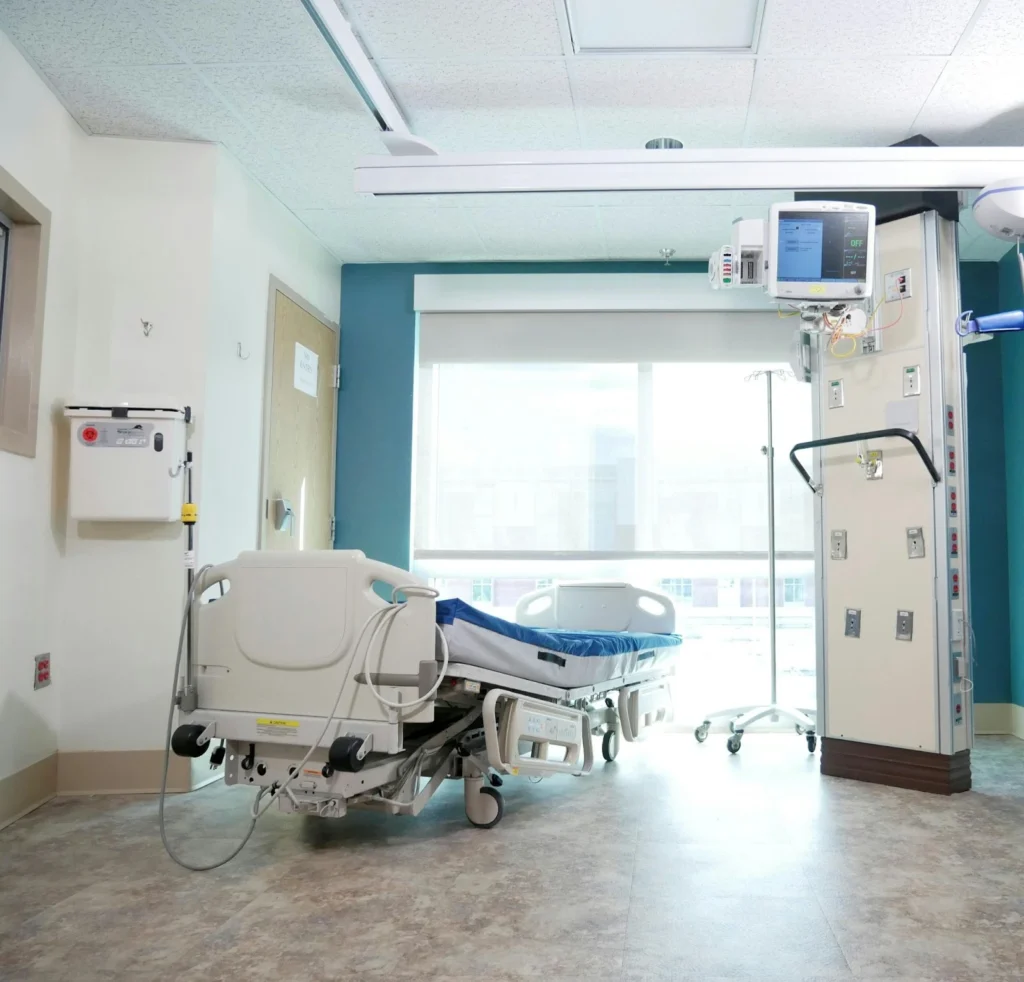
3. Protecting Against Accidental Impact
Hospitals are busy environments where accidents can happen. A patient, visitor, staff member, or piece of equipment may unintentionally collide with a window, causing it to break. Security window film provides an additional layer of protection, reducing the likelihood of serious injury from accidental impacts.
4. Mitigating Damage from Explosions or Natural Disasters
Although less common, hospitals must be prepared for emergencies such as explosions or severe storms. Security window film can help prevent glass from shattering inward in such events, reducing the risk of injury and maintaining a safer environment.
The Limitations of Security Window Film for Hospital Security
While security window film offers many benefits, it is not a foolproof solution for improving hospital security. It’s important to understand its limitations:
1. Does Not Prevent Glass from Breaking
Security film strengthens glass but does not prevent it from breaking. With enough force, a determined attacker or any other type of impact can still shatter a filmed window, even though the broken pieces may stay together longer.
2. Limited Resistance to Forced Entry
While window film can slow down an intruder, it does not provide the same level of protection as more advanced commercial security glazing solutions. Criminals with enough time and the right tools can still break through a window reinforced with film.
3. Not a Substitute for Physical Hospital Security Measures
Window film should not be relied upon as the sole security solution. It works best as part of a comprehensive security strategy that includes other protective measures, including security guards, access control systems, and more robust physical barriers.
Alternative Solutions for Secure Hospital Windows
Given the limitations of window film, hospitals looking for stronger security solutions should consider more advanced hospital security glazing options.
Forced entry-resistant and human impact-resistant security glazing offer superior protection, making them ideal for both exterior windows and interior barriers.
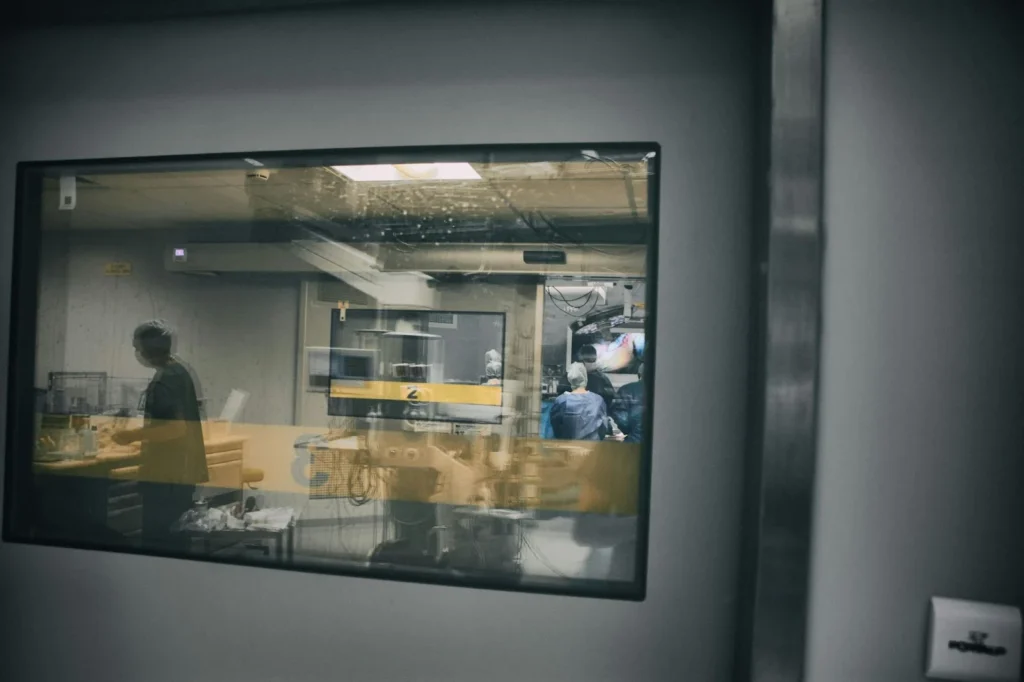
Forced Entry-Resistant Hospital Security Glazing
Forced entry-resistant glazing consists of multiple layers of strengthened glass (or glass-like materials) and interlayers designed to withstand sustained attacks. Unlike security film, this type of glazing prevents glass from being easily broken, significantly delaying or stopping intruders altogether.
Since external windows are prime targets for break-ins or even unwanted egress by patients, hospitals can benefit from installing forced entry-resistant glazing to protect against unauthorized access or exit.
In the event of a worst-case active threat situation, windows reinforced with security glazing can act as a critical access denial barrier, preventing intruders from breaching sensitive and secure hospital areas.
Human-Impact Resistant Hospital Security Glazing
Hospitals often require interior barriers that can withstand accidental impacts from people or equipment and intentional impacts from aggressive individuals. Human impact-resistant glazing is specifically designed to endure such impacts without shattering.
Areas like psychiatric wards, emergency departments, and waiting rooms can benefit from glazing that resists both intentional and unintentional impacts. In such areas, human impact-resistant glazing creates a safer, more secure healthcare environment, ensuring that hospital staff, patients, and visitors remain safe, even in high-risk situations.
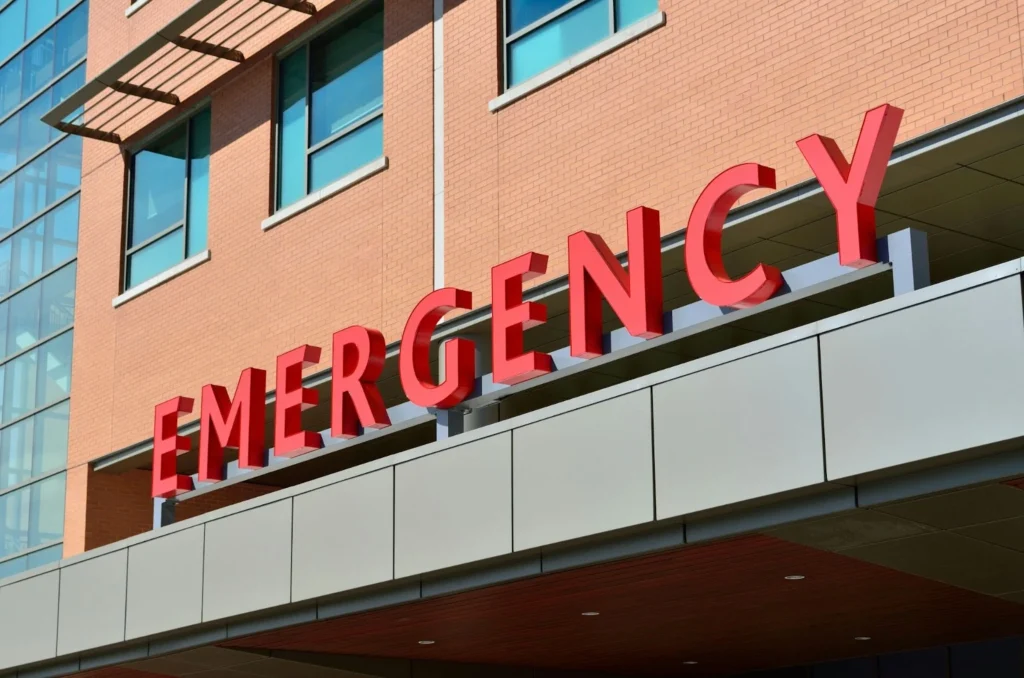
Addressing Rising Violence in Healthcare Settings
The need for greater hospital security has never been more urgent. Studies show that violence against healthcare workers is on the rise, with hospitals increasingly becoming targets of attacks. In such an environment, securing windows is a crucial step in improving overall hospital safety.
Protecting Healthcare Workers from Attacks
Unfortunately, doctors, nurses, and other hospital staff are constantly at risk of workplace violence. Reinforced hospital windows provide an added layer of protection, ensuring that attackers cannot easily breach critical areas where healthcare workers perform life-saving duties and other critical functions.
Preventing Unauthorized Access to Sensitive Areas
Hospitals house valuable equipment, pharmaceuticals, and patient records. Strengthened security glazing helps prevent unauthorized individuals from breaking in and accessing these sensitive areas.
Conclusion: Choosing the Right Security Solution for Hospitals
While 3M safety and security window film can improve hospital security by reinforcing windows against impacts and holding broken glass together, it’s not a comprehensive solution.
Hospitals must consider the limitations of window film and explore stronger alternatives, such as forced entry-resistant and human impact-resistant security glazing. These advanced security measures help hospitals better protect their staff, patients, visitors, and assets, creating a safer healthcare environment in a time of increasing security threats.

